Two-stage tendering is a two-stage type of the procurement process. The process starts with the shortlisting of suppliers in regard to their qualifications and experience in the first stage. This is to enable early identification of competent vendors by buyers. The second level deals with proposals of details such as prices and technical solutions. It promotes a pre-competitive collaboration between suppliers and buyers. The approach is also effective when the project is still in a developing stage. It is also useful in limiting risks and errors in complicated or custom projects. It is more flexible and allows better planning as compared to single-stage tendering.
When is Two-Stage Tendering Used?
The following are the 4 key situations where two-stage tendering is commonly used:
- Complex Projects: Two-stage tendering is suitable for constructing big projects or for technical works where full specifications cannot be provided at the beginning. This enables early contractor participation in the development of the project scope.
- Public Infrastructure: Two-stage tendering is fit for government-funded projects such as highways, hospitals, or airports that require detailed planning and staged procurement.
- Collaborative Contracts: It promotes mutual problem-solving among the clients and contractors. It also enhances communication and decision-making at the beginning.
- Risk Mitigation: It enables the minimisation of design mistakes and financial risks because the most critical details are guaranteed before the full order is given.
What is the Process of Two-Stage Tendering?
The following is a detailed process of each stage of two-stage tendering:
Stage 1: Contractor Selection
Here are six steps that come in the first stage, which is contract selection:
Prequalification Screening
The process starts with examining the experience, technical capabilities, financial positioning, and past success of possible contractors by the clients. Only qualified companies proceed to ensure the quality and dependability of projects.
Issue of Preliminary Brief
A sketch plan of the project is provided including the scope, objectives, schedules, and preliminary designs. This document assists the contractor to gain insight into project requirements before making any formal bid.
Proposals of Initial Concepts
Contractors shortlisted give initial ideas of designs or executions. The concepts assist in determining the most suitable firms that can fit the projects vision and technical complexity.
Interviews or Presentations of Contractors
Clients sit with selected contractors to get a better understanding of their potential capacity, team and work processes. This action promotes open communication and allows for evaluating compatibility.
Early Contractor Involvement (ECI)
Contractors take an active part in the planning stage of the project for the client. They give feedback on the feasibility of design, materials, quotation and time schedule to reduce future delays or cost-related problems.
Memorandum of Understanding (Optional)
An MoU is a documentation of mutual intentions and collaboration terms without coming up as a legal commitment. This ensures that everyone is on the same page before the final step of bidding.
Stage 2: Final Tender Submission
The following are steps that stage 2 covers:
Detailed Design Development
Contractors have started operating with complete project specifications. They make technical drawings, plans, and measurements, which enable them to have sensible pricing and planning.
Risk and Cost Review
An effective assessment of risks is done, which can be technical, financial, or logistical. Contractors propose measures to minimise uncertainties and provide a cost evaluation that is accurate.
Pricing Submission:
Contractors then submit full price proposals based on the final design and risk analysis, and these can include breakdowns of labour, materials, equipment, and uncertainty.
Final Negotiations
The terms are negotiated and both sides conclude on changes in scope, price, and clear up any outstanding issues. It is aimed at achieving mutual agreement and moving on afterwards.
Evaluation and Award
All final tenders are tested by the customer with the set criteria. The Contract is awarded to the most appropriate contractor determined on a merit basis, in terms of quality, value and risk control.
Contract Signing:
When it is approved by both parties, a legal contract is signed. The agreement contains timelines, scope, cost, terms and responsibilities, which make it legally binding.
How Does Two-Stage Tendering Ensure Fairness?
The following are the four main ways that maintain fairness throughout the process:
- It starts with transparent prequalification. The same public criteria are utilised in evaluating all contractors, which makes the opportunity equal.
- Every process has a documented evaluation. It creates responsibility and facilitates an easy inspection of decision-making.
- Collaborative oversight occurs at initial levels. This free communication serves to avoid bias and maintain a balance.
- The accuracy is confirmed by cost validation. Detailed cost breakdowns and their agreements are made by both parties to eliminate hidden costs.
What Legal and Regulatory Aspects Apply to Two-Stage Tendering?
Legal and regulatory requirements are in areas such as observance of laws on public procurement, fairness in terms of bidders, and good transparency in the two stages. Government demands, written standards, proper communication with competitors, and transparent competition. Where projects are in the public sector, contracts have to work with jurisdiction-specific regulations. During initial collaboration, there are usually confidentiality agreements. Accountability is done through auditable records. Procedures can also be reviewed to avoid favouritism or corruption by regulatory bodies. It ensures a fair and competitive, well-organised tendering process that is well-structured for all participants.

George C. Tagg, Jr.
George serves as a trusted counsel to business leaders, non-profit executives, and management teams. George is a licensed attorney with a master’s in international affairs and over 20 years’ experience in the U.S. Congress, Department of State, Department of Defense, global public policy, and political campaigns.

